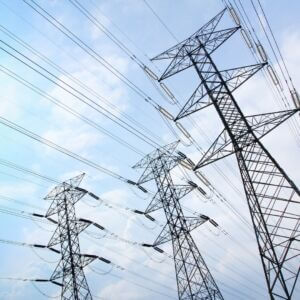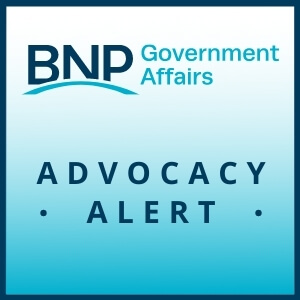Policy focus: Power Trends Report underscores energy concerns
The Partnership
June 12, 2025
Blog Categories
 This week, the New York Independent System Operator released its annual Power Trends report, which details the state of New York’s electric grid. The report’s findings are concerning and underscore the need for a more sensible approach to climate and energy policy. This week, the New York Independent System Operator released its annual Power Trends report, which details the state of New York’s electric grid. The report’s findings are concerning and underscore the need for a more sensible approach to climate and energy policy.
Why Do Employers Care? Ensuring adequate energy supply is an economic development imperative. To attract, retain, and grow businesses in our region, employers must have the confidence that the grid can supply their businesses’ energy demands. If not, they will look elsewhere. “Shrinking reliability margins” is not a phrase that inspires confidence in investors, site selectors, or Buffalonians in a blizzard. Demand Up, Supply Down Businesses are becoming increasingly energy intensive. Accordingly, there is considerably more demand on the grid than in prior years. The report notes: “requests from data centers, high-performance computing projects and chip manufacturing [have] grown dramatically in recent years. 19 projects are currently requesting to connect to the grid for a total incremental load of 3,000 MW. The timing of these projects will have major impacts on system risk, highlighting the need for large investment in energy infrastructure.” Moreover, as state climate policy aims to replace gas-powered equipment with electric (vehicles, appliances, heating systems, etc.), the demand for electricity will increase – and not just marginally. According to the report, if the state pursues full electrification, grid demands could double over the next twenty years. The need for power is higher than ever and will only grow. Meeting that demand will require a Herculean effort to expand the grid. However, New York is going in the wrong direction. According to the report, since 2019, New York has added 2,274 MW of generating capacity, but deactivated 4,315 MW – a net decrease of 2,041 MW. The decrease is because the state shuttered nuclear and natural gas electric generating facilities during this timeframe. Less Reliable Grid
Power producers and energy utilities are working overtime to address these challenges by adding new generating capacity, expanding transmission infrastructure, and promoting efficiency upgrades. However, sound public policymaking is needed to ensure energy remains affordable and reliable. How Should Policymakers Respond? The BNP’s energy advocacy is crafted with these grid realities in mind. Consistent with our Advocacy Agenda, lawmakers should:
Questions? Email Director of Government Affairs Josh Veronica at JVeronica@thepartnership.org. |
Related Posts
Building the Future: How the Federal Tech Hub Funding Will Transform Western and Central New York
The federal funding secured through the Tech Hubs program marks a turning point for Western and Central New York, presenting significant economic opportunities our region. This is just the start of what will be a transformative journey, and the Buffalo Niagara Partnership will continue leading the way with our partners in Rochester and Syracuse.
Buffalo-Rochester-Syracuse One Of Only 12 Winners From Across The Nation For Highly Competitive Federal Grant
After years of relentless advocacy and landing the prestigious federal Tech Hub designation for the Buffalo-Rochester-Syracuse that he created in his CHIPS & Science Law, U.S. Senate Majority Leader Chuck Schumer today announced the “NY SMART I-Corridor Tech Hub” was just selected as one of only 12 Tech Hub award winners in the nation, bringing a major $40 million in federal funding to further position Upstate NY as a semiconductor center for the world.
4 New HR Mandates Employers Need to Know
New employee rights are among the key policy revisions to come out of the 2024-25 New York State budget approved in April. At the BNP’s latest Government Affairs series event, a panel of experts broke down what employers need to know about these HR mandates – some of have already gone into effect. Here are four key takeaways from Policy Perspective.
10.23.23 Advocacy Alert: Buffalo Wins Tech Hub Designation [Preview]
Blog Back to Our Blog Blog Categories Today, the White House and U.S. Department of Commerce announced which communities have earned the “Tech Hub” designation. Buffalo was among the communities selected, meaning our community will have the opportunity to complete for millions in federal funding for research & development, workforce development, and supply chain upgrades.…

 The result of all of this: New York is experiencing
The result of all of this: New York is experiencing 

